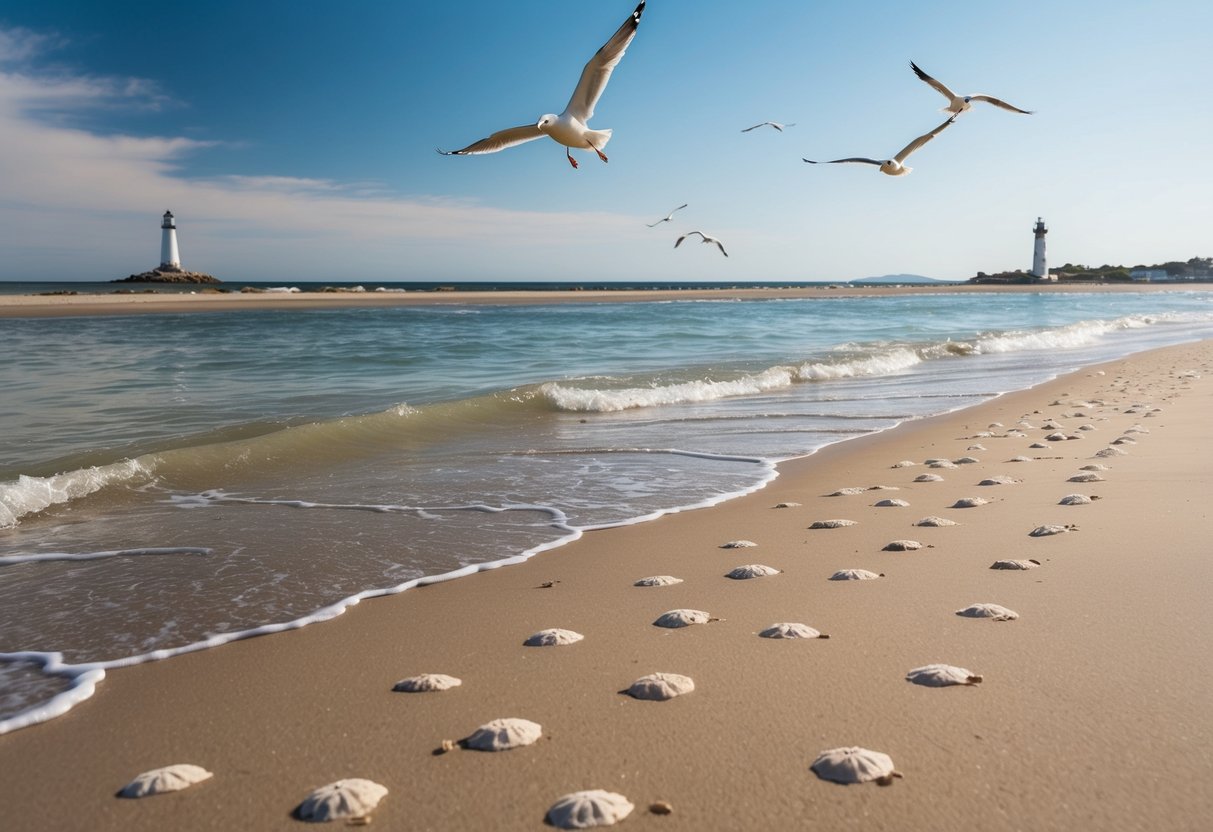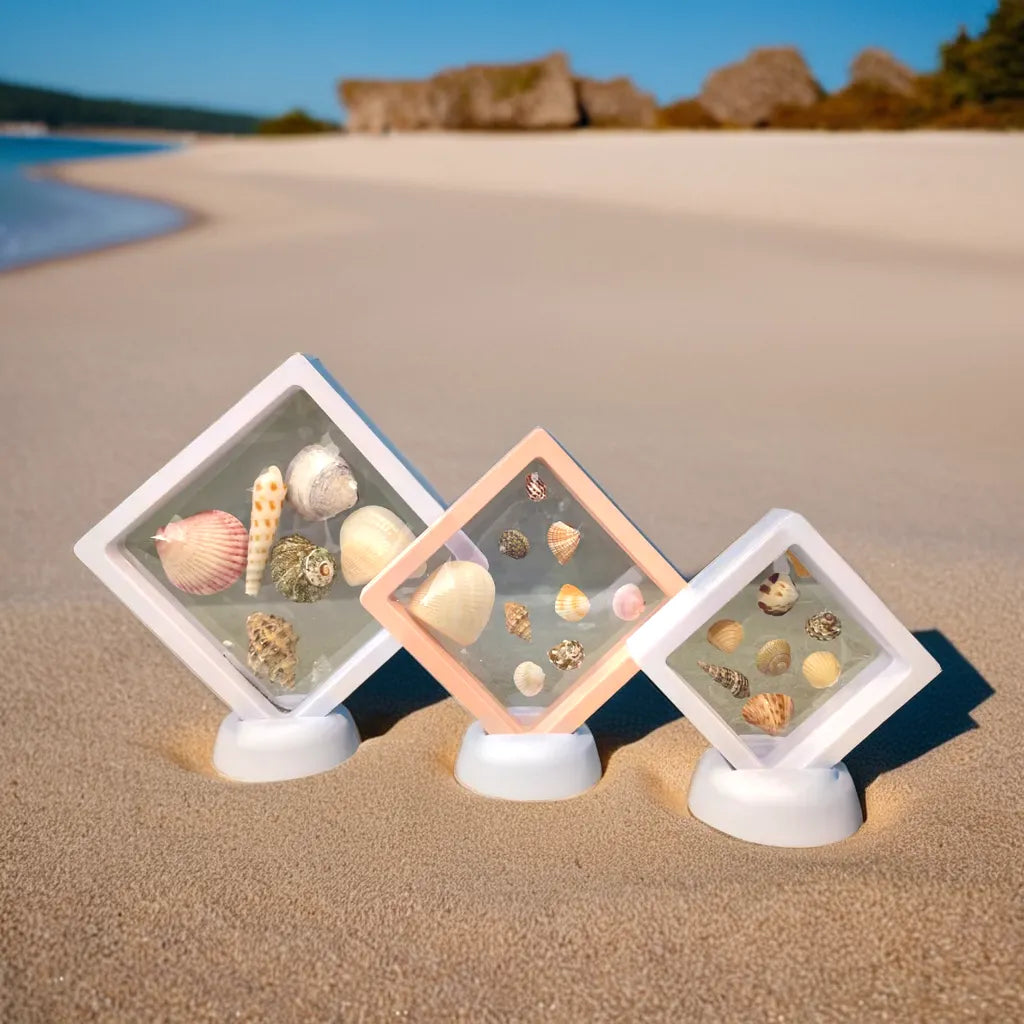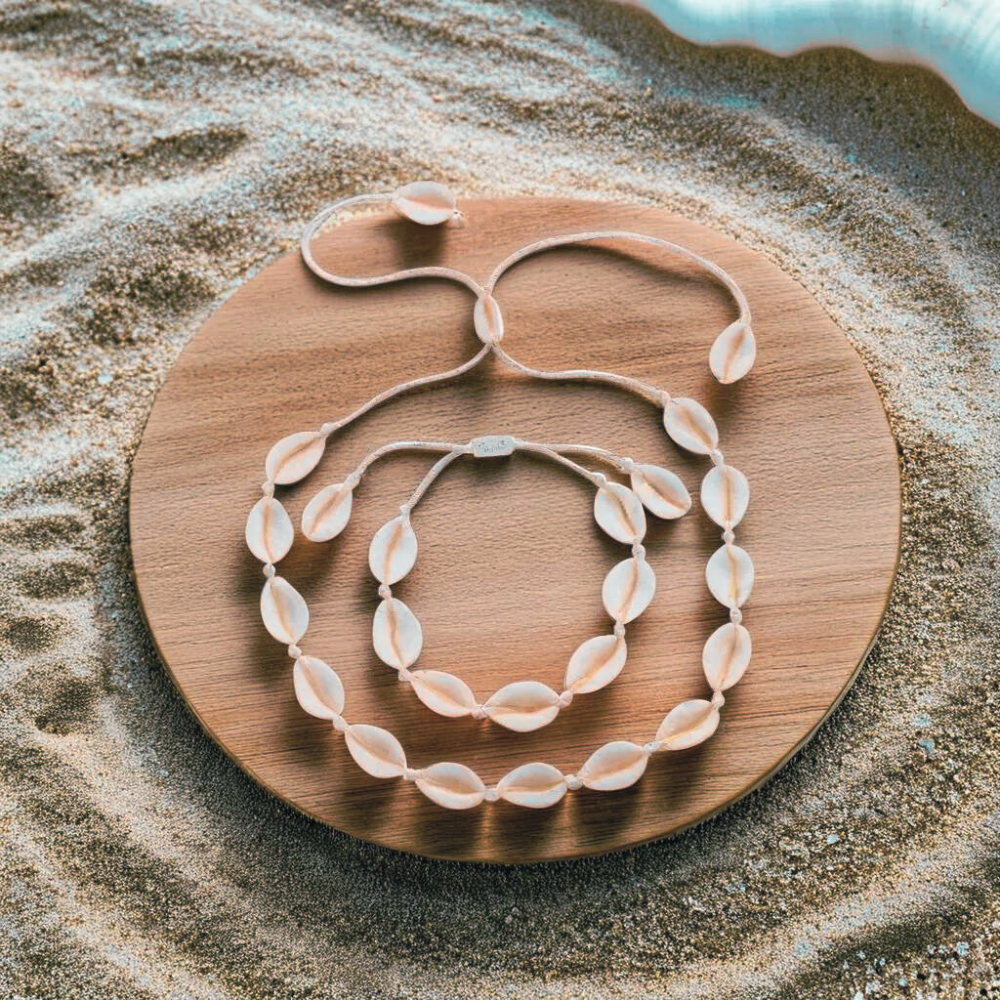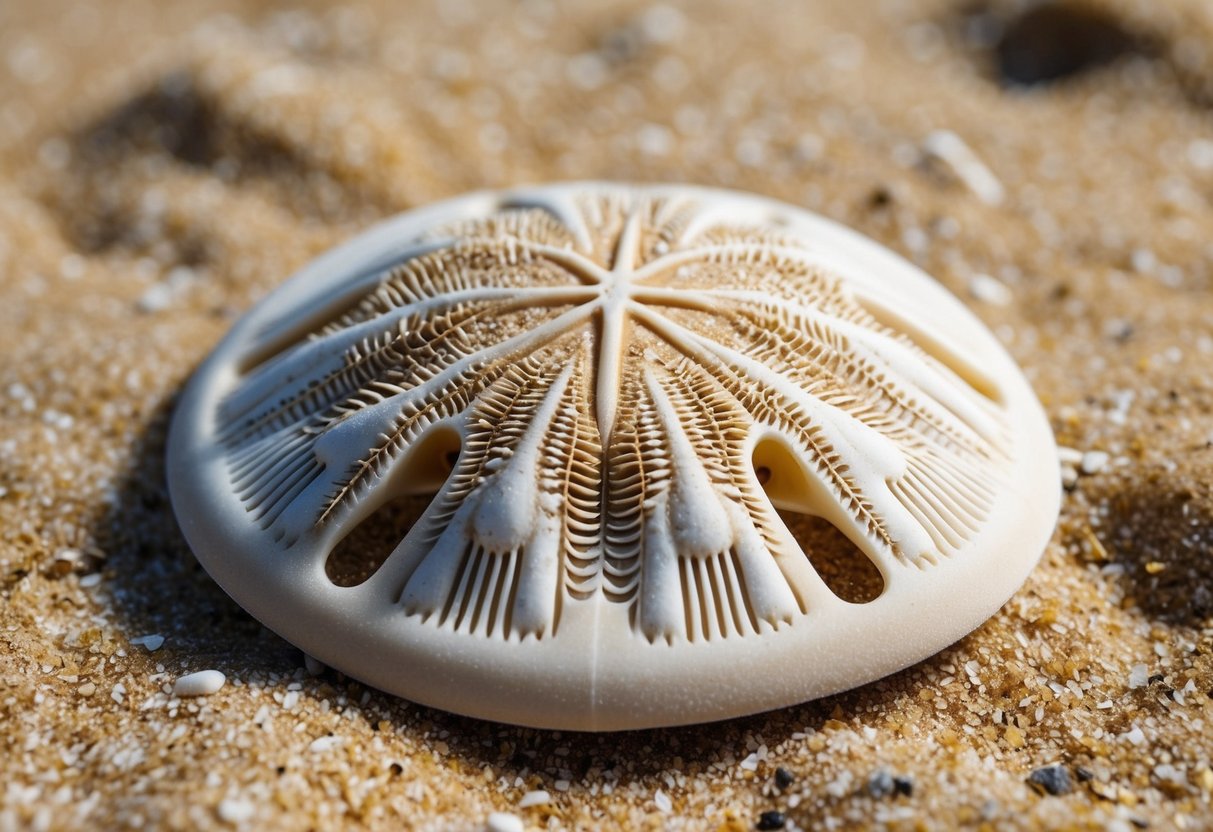Finding sand dollars can be a rewarding experience for beachcombers of all ages. The best places to search for sand dollars are sandy, low-tide beaches in tropical coastal areas, particularly after storms. These unique marine creatures often wash ashore, leaving behind their distinct, star-shaped skeletons for beachgoers to discover. With a little guidance on where and how to look, anyone can add these treasures to their collection.
 To successfully find sand dollars, it is important to know what to look for and the right conditions to search. Beaches along the Pacific, Atlantic, and Indian Oceans are known hotspots. Look for areas just below the high-tide line, and search at low tide when the sand is exposed. Understanding the difference between live and dead sand dollars will also help ensure the collection is ethical and responsible.
Beachcombing for sand dollars not only offers a chance to find something beautiful but also connects people with nature. Along the way, one can learn about sand dollar habitats and the importance of conservation efforts to protect these creatures and their ecosystems.
To successfully find sand dollars, it is important to know what to look for and the right conditions to search. Beaches along the Pacific, Atlantic, and Indian Oceans are known hotspots. Look for areas just below the high-tide line, and search at low tide when the sand is exposed. Understanding the difference between live and dead sand dollars will also help ensure the collection is ethical and responsible.
Beachcombing for sand dollars not only offers a chance to find something beautiful but also connects people with nature. Along the way, one can learn about sand dollar habitats and the importance of conservation efforts to protect these creatures and their ecosystems.
 Sand dollars are fascinating marine creatures that play an important role in their ecosystems. This section covers their biology, natural habitats, and lifecycle, providing a glimpse into their unique characteristics and behaviors.
Sand dollars are fascinating marine creatures that play an important role in their ecosystems. This section covers their biology, natural habitats, and lifecycle, providing a glimpse into their unique characteristics and behaviors.
 Finding sand dollars is an enjoyable and rewarding activity for beachgoers. Certain environments, along with specific times to search, enhance the chances of discovery.
Finding sand dollars is an enjoyable and rewarding activity for beachgoers. Certain environments, along with specific times to search, enhance the chances of discovery.
 To successfully find sand dollars, it is important to know what to look for and the right conditions to search. Beaches along the Pacific, Atlantic, and Indian Oceans are known hotspots. Look for areas just below the high-tide line, and search at low tide when the sand is exposed. Understanding the difference between live and dead sand dollars will also help ensure the collection is ethical and responsible.
Beachcombing for sand dollars not only offers a chance to find something beautiful but also connects people with nature. Along the way, one can learn about sand dollar habitats and the importance of conservation efforts to protect these creatures and their ecosystems.
To successfully find sand dollars, it is important to know what to look for and the right conditions to search. Beaches along the Pacific, Atlantic, and Indian Oceans are known hotspots. Look for areas just below the high-tide line, and search at low tide when the sand is exposed. Understanding the difference between live and dead sand dollars will also help ensure the collection is ethical and responsible.
Beachcombing for sand dollars not only offers a chance to find something beautiful but also connects people with nature. Along the way, one can learn about sand dollar habitats and the importance of conservation efforts to protect these creatures and their ecosystems.
Key Takeaways
- Sand dollars are often found on sandy beaches after storms.
- Recognizing the difference between live and dead sand dollars is crucial.
- Ethical collection practices help protect marine life and their habitats.
Understanding Sand Dollars
 Sand dollars are fascinating marine creatures that play an important role in their ecosystems. This section covers their biology, natural habitats, and lifecycle, providing a glimpse into their unique characteristics and behaviors.
Sand dollars are fascinating marine creatures that play an important role in their ecosystems. This section covers their biology, natural habitats, and lifecycle, providing a glimpse into their unique characteristics and behaviors.
Biology of Sand Dollars
Sand dollars belong to the class Echinoidea, which includes sea urchins. They have a flattened, disk-like shape that helps them move easily through sandy ocean floors. The body of a sand dollar is covered with tiny spines called cilia. These spines help the sand dollar to dig into the sand and filter food from the water. The color of living sand dollars can range from dark brown to purple due to the presence of their spines and the coating of algae. When sand dollars die, their hard shells remain. These shells, known as tests, can be found washed up on beaches and are often collected by beachcombers.Habitat and Distribution
Sand dollars are commonly found in shallow coastal waters. They prefer sandy or muddy bottoms where they can easily bury themselves. Their habitats include:- South Florida: Known for clear waters and sandy beaches, it is a prime location for finding sand dollars.
- Caribbean: Islands like Jamaica and Puerto Rico provide rich environments for these creatures.
- Atlantic Coasts: Many sand dollars of the genus Mellita inhabit areas along the eastern United States.
Lifecycle and Reproduction
Sand dollars undergo a unique lifecycle that includes both larval and adult stages. They start as free-swimming larvae after fertilization. These larvae drift in the ocean for several weeks before settling on the seafloor. Once settled, they grow into their characteristic shape. Sand dollars can reproduce by releasing eggs and sperm into the water. A single sand dollar can produce thousands of eggs, increasing the chances of offspring survival. The adult sand dollar continues to grow and can live for several years. Their ability to bury themselves helps protect them from predators and environmental changes.Best Locations for Finding Sand Dollars
 Finding sand dollars is an enjoyable and rewarding activity for beachgoers. Certain environments, along with specific times to search, enhance the chances of discovery.
Finding sand dollars is an enjoyable and rewarding activity for beachgoers. Certain environments, along with specific times to search, enhance the chances of discovery.
Beach Environments
The best beaches for finding sand dollars have certain characteristics. Soft, sandy shores near shallow waters are ideal. South Florida, particularly the Florida Keys and Miami, offers many opportunities. These areas have clear waters that allow easy spotting of sand dollars. Cedar Key is another excellent spot. This small island city in Florida has many remote locations in the Cedar Keys National Wildlife Refuge. Here, beachcombers can stroll along the coast, discovering many sand dollars. Popular beaches like Sanibel Island also attract those hunting for shells. Each beach provides unique conditions for finding these treasures.Tidal Pools and Sandbars
Tidal pools and sandbars are valuable locations for sand dollar searches. Tidal pools, formed by the ocean's low tide, can expose many marine creatures and shells, including sand dollars. Beachcombers should visit during low tide for the best chance. Sandbars, areas of sand that become visible at low tide, are home to sand dollars. They provide a great spot to explore as the waves recede. Beaches like North Jetty Beach near Corpus Christi have excellent sandbars. These locations often attract sand dollars and other shells. Careful observation during the right tide can yield many finds.Seasonal Considerations
The season can greatly affect sand dollar hunting. Spring and summer are prime times due to calmer waters and clearer beaches. Warm weather attracts more visitors, leading to increased finds. In Florida, the months of May through September are particularly fruitful. During these months, low tides align with popular beach days. Winter may make searching more difficult. Cold weather can lead to rough seas, washing away sand dollars. It's best to time visits for milder weather and low tides to increase success.Searching for Sand Dollars
Finding sand dollars requires specific strategies and awareness of beach conditions. Careful searching can lead to a rewarding experience. Here are essential tips to enhance the search process.Appropriate Search Times
The best time to search for sand dollars is during low tide. This is when more sandy areas are exposed, making it easier to spot these treasures. Low tide allows access to spots that are usually underwater. Morning and late afternoon are often ideal times too, as sunlight can enhance the visibility of sand dollars. Checking tide charts will help in planning the search better. Knowing the local tide schedule is an effective way to maximize discovery opportunities.Tools and Techniques
Bringing the right tools can make a significant difference in finding sand dollars. A small shovel or trowel is useful for digging out buried sand dollars. Using a collection bucket can help keep finds organized. Buckets with drainage holes are preferred to prevent water accumulation. This keeps the sand dollars safe and allows excess sand and water to escape. When searching, look closely for their distinct white, star-shaped skeletons. Patience is key, as they can blend into the sand easily. Carefully scanning the shoreline while walking can reveal hidden treasures.Environmental Awareness
When hunting for sand dollars, it’s vital to be aware of the local environment. Some sand dollars may still be alive and should not be taken. Examining the color is a helpful indicator—live sand dollars can be brown or purple, while deceased ones are white. It is important to follow local regulations regarding collection limits. Respecting wildlife and their habitats is essential for maintaining a balanced ecosystem. Always leave the beach clean and avoid disturbing other marine life. That ensures future generations have the same opportunity to enjoy beachcombing.Collection Ethics and Regulations
When searching for sand dollars, it's essential to follow legal regulations and practice responsible collecting. This ensures that beach ecosystems remain healthy and that collectors enjoy their finds without breaking any laws.Legal Restrictions
In Florida, collectors must know the rules regarding sand dollars and shells. It is legal to collect sand dollars that are dead and washed up on the beach. Collecting live sand dollars is prohibited. The Florida Fish and Wildlife Commission monitors these activities. When collecting shells, empty ones are allowed. However, collecting live shells requires a valid Florida recreational saltwater fishing license. Certain species, like live oysters and quahogs, have specific regulations. Collectors should check local laws often, as they may vary by location.Responsible Collecting Practices
Responsible collecting involves respecting marine life and beach environments. Collectors should avoid taking live sand dollars or shells with living organisms. This protects local wildlife and preserves the oceans. It's best to limit the number of sand dollars collected. Taking a small amount helps maintain the ecosystem balance. Many beachgoers enjoy these creatures, so leaving some for others is considerate. Collectors should handle sand dollars gently, avoiding damage. Properly rinsing with fresh water before taking them home helps preserve their appearance. Educating oneself about the local ecology enhances the overall experience of collecting.Preserving and Cleaning Sand Dollars
Cleaning and preserving sand dollars is essential to maintain their beauty and structure. The process includes careful cleaning, bleaching to enhance color, and methods for safe storage or display.Cleaning Process
The cleaning of sand dollars starts with a gentle rinse. First, remove any loose sand and debris by soaking them in clean water for several hours. After soaking, use a soft-bristled brush to carefully scrub off any remaining dirt. It’s important to avoid harsh scrubbing, as this can damage their delicate surfaces. After brushing, rinse each sand dollar under fresh water to ensure all dirt and debris are completely removed. This step prepares them for further treatment and helps preserve their natural appearance.Bleaching and Drying
To brighten sand dollars, a mixture of four parts water and one part bleach can be used. Submerge the sand dollars in this solution for up to 30 minutes. Gentle agitation helps ensure that the bleach reaches all areas. Once soaked, remove the sand dollars and rinse them thoroughly under fresh water to eliminate any bleach residue. After rinsing, it is vital to let them dry completely. Lay them flat on a towel to dry naturally. This prevents warping and preserves their shape.Storage and Display
For storage, sand dollars should be kept in a cool, dry place away from direct sunlight. Using a soft cloth or felt pouch can help protect them from scratches. They can also be displayed in shadow boxes or glass cases to enhance visibility while ensuring safety. It is crucial to check periodically for any signs of damage or deterioration. Regular care extends the life of these beautiful treasures and allows for long-lasting enjoyment.Crafts and Uses for Sand Dollars
Sand dollars are popular for crafting due to their unique shape and natural beauty. They can be transformed into various projects, adding a touch of the beach to home decor and personal items.DIY Projects
Creating projects with sand dollars can be fun and fulfilling. Here are some ideas to consider:- Coasters: Use sand dollars in resin to make beautiful coasters. This adds a seaside vibe to any table.
- Memory Jars: Fill jars with sand dollars for a charming display. This makes for an attractive centerpiece on a coffee table or shelf.
- Gift Wrapping: Attach sand dollars to gift packages for a unique touch. A simple ribbon and a sand dollar can make a present stand out.
Jewelry and Decorations
Sand dollars can also be used in jewelry and decorative items. Their flat surface makes them ideal for various designs.- Necklaces: Drill a small hole in a sand dollar to create a lovely pendant. A simple chain can transform it into a unique necklace.
- Wall Art: Arrange sand dollars in a frame or shadow box for stunning wall art. This can serve as a beautiful reminder of beach days.
- Ornaments: Decorate sand dollars with paint or glitter and hang them as ornaments. This can add a personal touch to holiday decorations.
Identifying Live Versus Dead Sand Dollars
Identifying whether a sand dollar is alive or dead is important for beachcombers. Here are key features to look for:-
Color:
- Live sand dollars typically have dark colors like brown, purple, or red.
- Dead sand dollars are often white or tan.
-
Surface Texture:
- A live sand dollar is covered with tiny, velvety spines. This coating helps it move and burrow in the sand.
- If a sand dollar appears smooth or lacks these spines, it is likely dead.
-
Position:
- Live sand dollars may be half-buried in the sand or water.
- If found exposed on the beach, it might be dead.
Supporting Conservation Efforts
Conserving sand dollars and their habitats is important for marine ecosystems. Here are some key ways to support conservation efforts:- Join Local Groups: Many organizations focus on marine life protection. Getting involved can help spread awareness and support local initiatives.
- Volunteer for Cleanups: Participating in beach cleanups helps remove debris that can harm sand dollars and their environment.
- Educate Others: Sharing knowledge about sand dollar conservation can influence more people to care about marine life.
- Reduce Plastic Use: Cutting down on plastics decreases ocean pollution, benefiting all marine animals, including sand dollars.
- Support Protected Areas: Engage in efforts to create and maintain marine protected areas. These safe spaces allow sand dollar populations to grow without disturbance.































